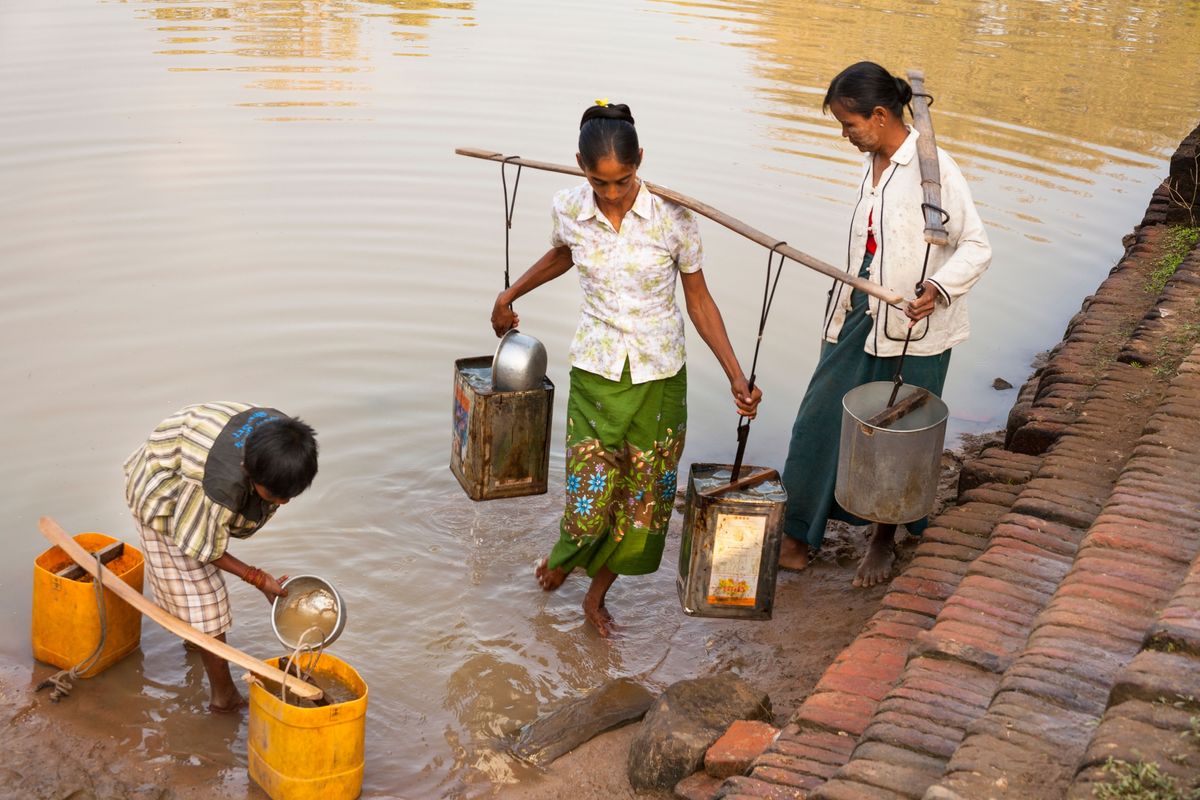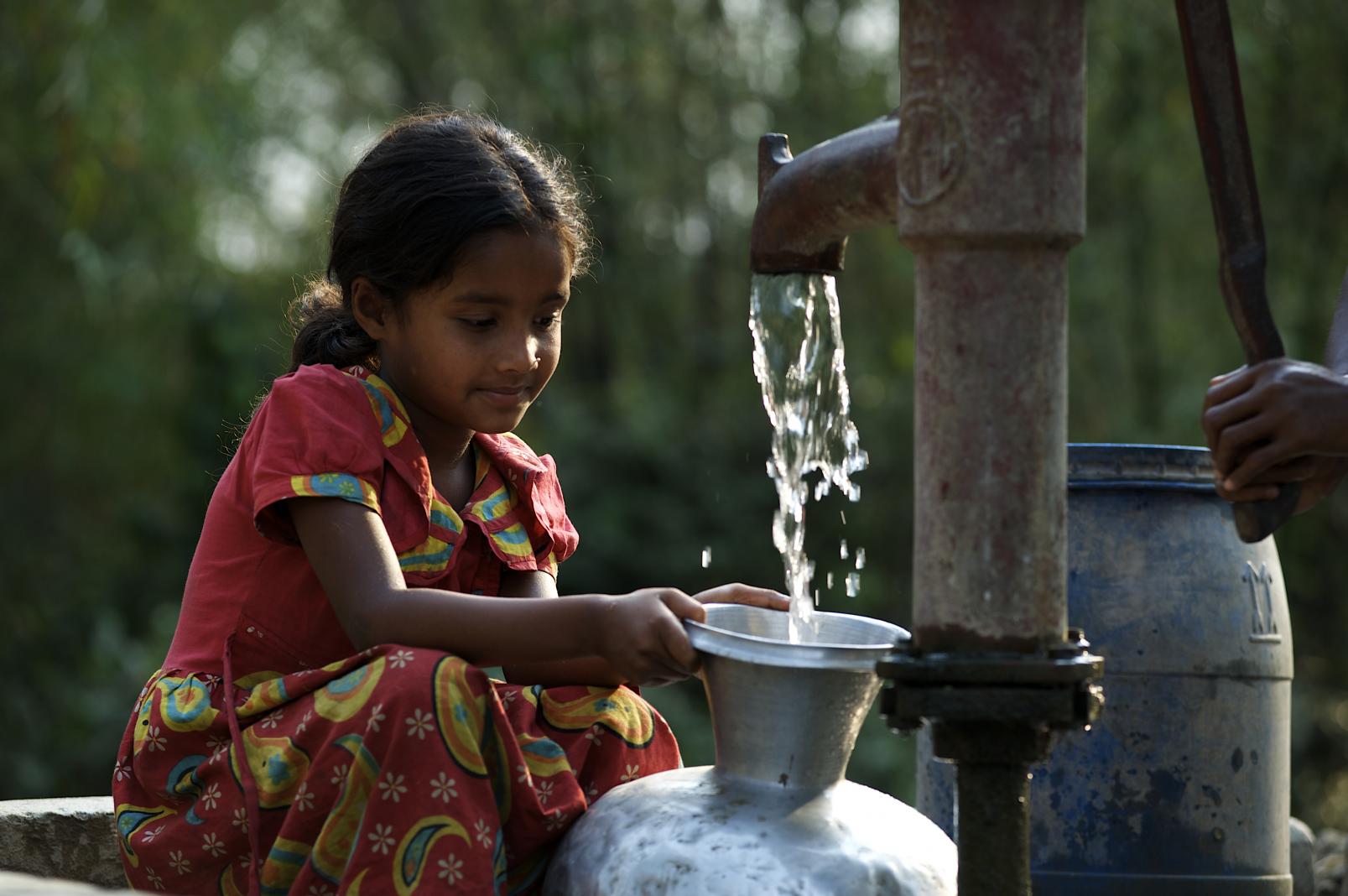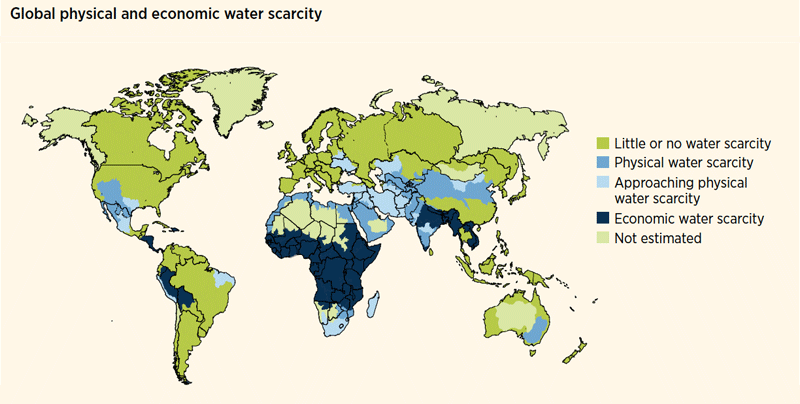Lack of clean water is a greater threat than coronavirus epidemic, UN warns

A few minutes every morning is all you need.
Stay up to date on the world's Headlines and Human Stories. It's fun, it's factual, it's fluff-free.
The United Nations (UN) and water charities have warned that there is a greater risk facing humanity than the current coronavirus pandemic — lack of access to clean drinking water.
The UN World Water Development Report, published on March 22 to coincide with World Water Day, details the chronic underfunding of water infrastructure that has plagued developing countries for decades and reveals that most of the global population doesn’t have access to clean drinking water or safely managed sanitation.
According to Richard Connor, editor-in-chief of the report, the lack of water investment has left many countries especially vulnerable during the coronavirus crisis.
Washing hands with soap and water at regular intervals is critical to contain the coronavirus outbreak, according to health authorities. But three-quarters of households in the developing world don’t have water to wash with, not to mention soap.
Clean water scarcity extends to hospitals too. A third of healthcare facilities in developing countries don’t have clean water readily available.
Tim Wainwright, chief executive of the charity WaterAid, told the Observer, “It’s really obvious that in Africa and parts of Asia we should be very fearful of what is to come. The coronavirus crisis highlights how vulnerable the world is.”
Water infrastructure has suffered from inadequate funding for years because the economic benefits of improved water and sanitation were not made clear, Connor said.
The Observer reports that while massive investment has gone into reducing greenhouse gas emissions in the last decade, improvements to water infrastructure around the world has not received the same level of funding.
In 2016, the last year with data available, projects to improve water amounted to less than one percent of the hundreds of billions that developing countries received in climate finance.
Alongside the UN, the World Economic Forum has issued warnings about the world water crisis. The organization listed the crisis as a significant threat in its 2020 Global Risks Report, the first year in which the majority of risks facing the plant were climate-related.
The world water crisis

Around 844 million people, or roughly one in nine of the earth’s total population, do not have access to clean water within thirty minutes of their home. An even higher number, more than 2 billion, live without access to basic sanitation.
Women and children are the worst affected by the water crisis. Women and girls are often forced to travel long distances to get water. Charities say this leaves them especially vulnerable to violence. It is common for girls in developing countries to stop going to school when they hit puberty because of poor sanitation.
Every day, more than 800 children under the age of five die from diarrhea because of dirty water and poor sanitation. A lack of access to water affects children’s education as well as their health.
According to WaterAid, around 31 percent of the world’s schools don’t have access to clean water. Water-related illnesses result in the loss of over 443 million school days each year.
Improving global water infrastructure would not only improve the health of the world’s most vulnerable, but it would also yield serious economic benefits.
For every dollar invested in water and sanitation, there is a return of US$4.3 in the form of reduced healthcare costs. The Guardian reports that it would take US$24 billion every year up to 2030, equivalent to 0.1 per cent of global GDP, to provide everyone in the world with clean water.

The economic gains of such an investment would be US$60 billion per year, according to World Bank estimates.
Is water running out?
Humanity is facing a water crisis. By 2025, UN-Water predicts that 1.8 billion people will be living in countries with absolute water scarcity.
Although water covers 70 percent of earth’s surface, only 3 percent is fresh water, the kind used for drinking, cleaning and agricultural purposes. Compounding matters further, two-thirds of the earth’s fresh water is inaccessible.

There are multiple reasons why water is becoming increasingly scarce, but one explanation is that an ever-increasing world population is consuming more of it. Experts also say climate change, increased levels of pollution and the expansion of irrigated agriculture is causing the depletion of the world’s water supply.
An imbalance exists in water usage between the developed world and the developing world. People in developed countries use about ten times more water daily than those in poorer countries. Because of globalized supply and production chains, much of the water in developing countries is being used and polluted in the production of consumer goods that then go to developed countries.
There is little doubt that if there is a global water shortage, the poor will be the worst hit.
“Competing demands for water means that those who are poorer or marginalized find it more difficult to get water than the rich and powerful,” said Jonathan Farr, a senior policy analyst at WaterAid.
According to the United Nations Development Programme, inadequate water infrastructure is responsible for the water crisis.
The UN says that the majority of countries have enough water to meet household, industrial, agricultural and environmental needs. The problem is that many don’t have the means to make water easily accessible.
Many places around the world could be facing “Day Zero”, the day they run out of water.
Recently, Cape Town, South Africa, narrowly avoided running out of water, after the local government introduced significant water restrictions.
However, experts warn of looming water shortages in London, São Paulo, Jakarta, Istanbul, Tokyo and Mexico City, among others.
[article_ad]
Have a tip or story? Get in touch with our reporters here!




Comments ()